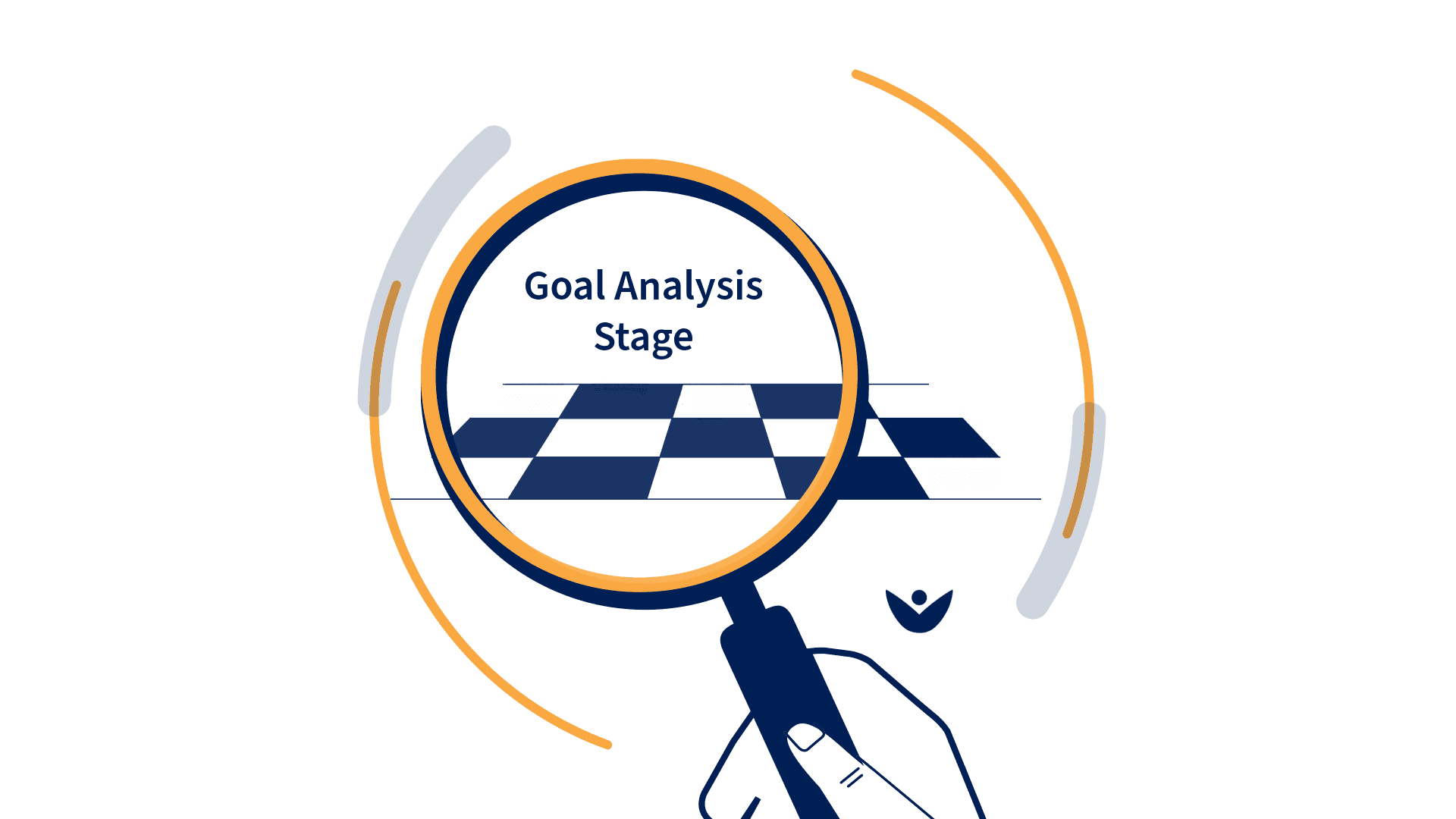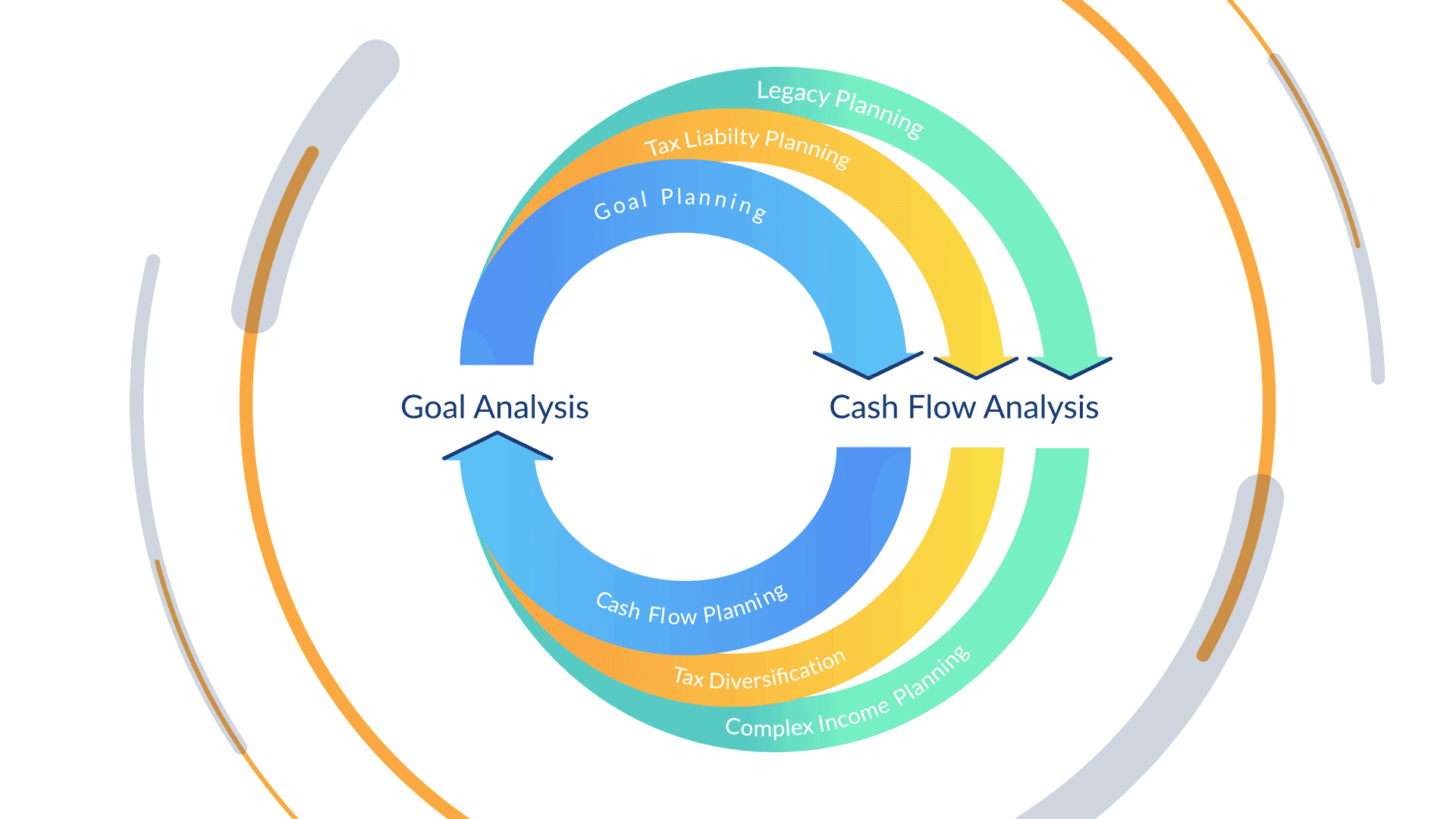
How to Start Planning for Retirement
The term “resilient retirement” is likely something that you have heard once or twice if you have been following our social accounts, but what is retirement planning? What is a Resilient Retirement?
To start, a common misconception is that retirement planning is something that is prepared 2 or 3 years prior to ending the working years. This could not be farther from the truth. Retirement planning is important to start by getting ahead of the curve and beginning to plan during your career.
Looking for answers on your own financial situation? Take our FREE Retirement Checkpoint quiz to find out where you stand.
Paint a Picture: Planning for Retirement
Think about traveling on a plane. You create an itinerary, buy a ticket, know when you need to arrive and where. This is a plan! Can you just arrive at an airport, purchase a ticket and go somewhere? Sure! But it is likely you will spend more than you need and may forget some things along the way.
The same goes for retirement planning. Can you just pick a date and hope for the best? Sure-- but in reality, planning in advance will help you to plan for the unexpected.
A Retirement Account is different from a Retirement Plan
A Resilient Retirement® is a plan that has longevity and has planned for multiple scenarios. Again, this starts during your working years. Let’s start with understanding the benefits you are receiving through your employer.
What is your 401(k) match? What are the available fund options?
Your 401(k) is a great way to save for retirement, but it can’t be the only way. A 401(k) is simply a retirement asset used to:
- Generate savings on a pretax basis (sometimes there are Roth options, depending on your employer)
- Earn a free contribution match from your employer.
Will you receive a pension?
Most pension plans offer several options between a lump-sum distribution and different types of annuities given your marital or life status.
Are you compensated in equity? If so, how? RSUs? ESPP?
Employee compensation in the form of equity can be a great long-term vehicle. But, always keep in mind, there are several different types of stock options, all with unique tax consequences.
What insurance do you receive? Is it truly enough given your salary and dependents?
Majority of life insurance through your employer is relatively cheap and offers low coverage. You have the ability to ensure whether you need more coverage or not.
--
These are all part of a plan but are just that - one part. Once you have a grasp on how to maximize these benefits they can be leveraged in conjunction with additional investments and strategic planning.
Now it’s time to ask yourself questions around how you envision retirement.
- What is my retirement age?
- When do I want to retire?
- Am I on pace to retire at that age?
- How much do I need to save for retirement?
Need help analyzing your current financial situation? Our Free Retirement Checkpoint quiz can assess your retirement timeline, tax planning & red flags in 4 minutes. CLICK HERE TO USE THE TOOL FOR FREE
Oftentimes families have multiple accounts that aren't really working in tandem with another-- they aren’t part of a retirement plan. Your investment accounts and their allocations should be built around your timeline to retirement. Ask yourself:
What returns am I targeting?
Looking at all your accounts together: 401(k), IRAs, annuities, brokerage, etc. how are they working together?
How much risk am I taking on?
There are plenty of investment strategies that focus on protected growth. Annuities and structured products can help decrease risk, especially in such turbulent times.
Do I have an eventual withdrawal strategy?
Traditional IRA and 401(k) withdrawals have very different consequences than withdrawing from your brokerage and even your Roth accounts.

So how will this affect my Retirement Plan?
A Resilient Retirement® can help to provide you with peace of mind and clarity when it comes to financial planning. Unfortunately, it cannot completely take risks out of the equation. The reality is that there are many variables that impact financial goals that cannot fully be controlled.
By truly understanding what you need from your assets, you can begin to manage your exposure to these risks, and in some cases eliminate them completely! In order for this to be done properly, goals must first be discussed and quantified from an analytical perspective.
Feeling overwhelmed about doing this on your own? Let us help! We offer 3 different tiers of service depending on your financial goals and level of planning. CLICK HERE TO COMPARE PLANS
Retirement Planning Steps to take next:
If after reading this it becomes clear that you do not have adequate answers to these questions, it is okay. The majority of families do not have proper retirement planning in place, but instead have one or two wealth managers. A handful of these professionals simply do not carry the scope of service to answer these questions.
Portfolio management is very important, but often can stray away from true retirement planning. Some advisors may help allocate assets in your IRA, others can set up an annuity for you, and some will be able to quantify how much you need to retire-- a CERTIFIED FINANCIAL PLANNER™ (CFP®) can manage all the above and then some. Utilizing a CFP® can put you in a position of comfortability and efficiently prepare you for retirement.
Getting your Retirement Plan started is the first step!
Our mission at RetireUS is to give you a clear path toward financial freedom and we have intentionally built tach to make it easy! You can take the first step towards financial freedom with our FREE Retirement Checkpoint quiz. You can take the quiz below in as little as 4 minutes.
Related articles


